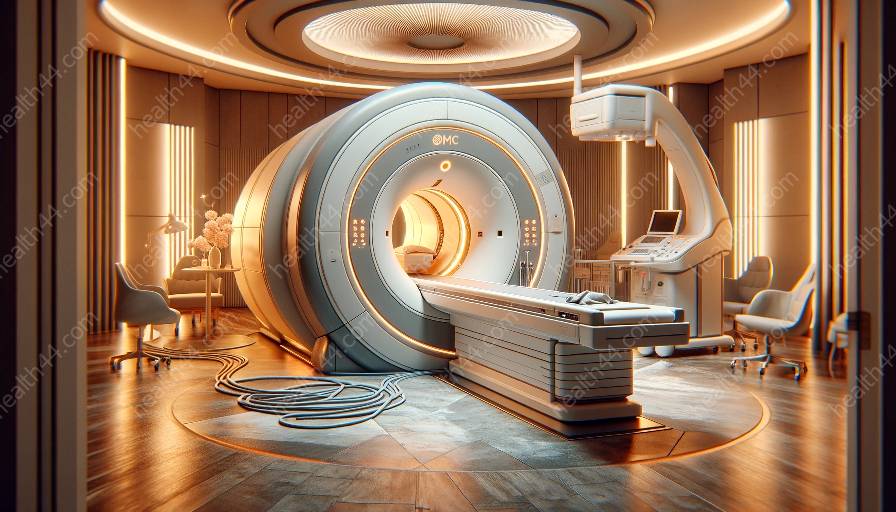The development of magnetic resonance imaging (MRI) machines represents a significant milestone in medical technology, enabling non-invasive visualization of internal anatomical structures. The design and construction of MRI machines rely on complex engineering and innovative materials to create powerful diagnostic tools that have revolutionized modern healthcare.
Understanding MRI Technology
MRI machines utilize a powerful magnetic field, radio waves, and a sophisticated computer system to generate detailed images of the body's internal organs and tissues. This non-invasive imaging technology is invaluable for diagnosing a wide range of medical conditions, from neurological disorders to musculoskeletal injuries.
The Key Components of MRI Machines
Designing and constructing an MRI machine involves several crucial components, each playing a vital role in the imaging process. These components include the superconducting magnet, gradient coils, radiofrequency coils, and the control system. The superconducting magnet is the heart of the MRI machine, generating a strong and stable magnetic field essential for producing high-quality images.
Advanced Materials in MRI Construction
The construction of MRI machines calls for the use of advanced materials that can withstand the extreme conditions within the imaging environment. Superconducting materials, such as niobium-titanium or niobium-tin alloys, are employed in the fabrication of the magnet coils to achieve the required magnetic field strength. Additionally, the construction of the MRI machine necessitates non-magnetic materials to prevent interference with the imaging process.
Enhancing Patient Comfort and Safety
Modern MRI machines are designed with a focus on patient comfort and safety. Open-bore designs and noise reduction technology improve the patient experience during imaging procedures, while stringent safety protocols are implemented to shield both patients and healthcare professionals from potential risks associated with strong magnetic fields.
Impact on Medical Devices & Equipment
The widespread adoption of MRI technology has significantly impacted the field of medical devices and equipment. Manufacturers are continually innovating to produce MRI-compatible devices, from surgical tools to implantable devices, ensuring that patients with implanted medical devices can safely undergo MRI scans without compromising the function or safety of their implants.
Advancements in MRI Technology
Ongoing research and development efforts have led to remarkable advancements in MRI technology, including higher magnetic field strengths, improved image resolution, and enhanced imaging techniques. These innovations continue to expand the diagnostic capabilities of MRI machines, providing invaluable insights for healthcare professionals and improving patient care.
Conclusion
The design and construction of MRI machines epitomize the convergence of engineering excellence and medical innovation. The remarkable capabilities of MRI technology have transformed diagnostic imaging and continue to shape the landscape of modern healthcare. By understanding the intricacies of MRI machine design and construction, we gain a deeper appreciation for the impact of this revolutionary technology on medical devices, equipment, and, most importantly, patient care.


